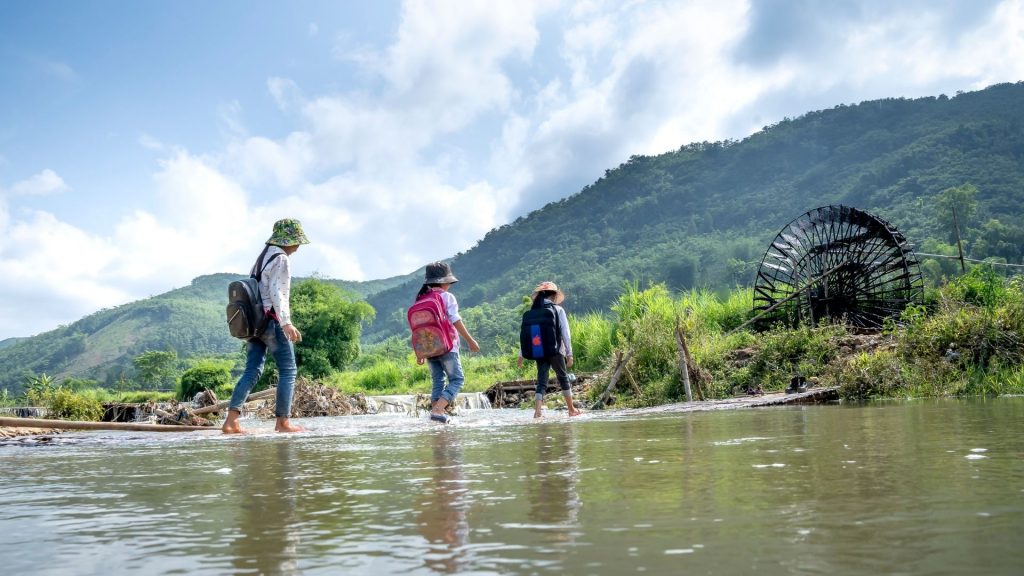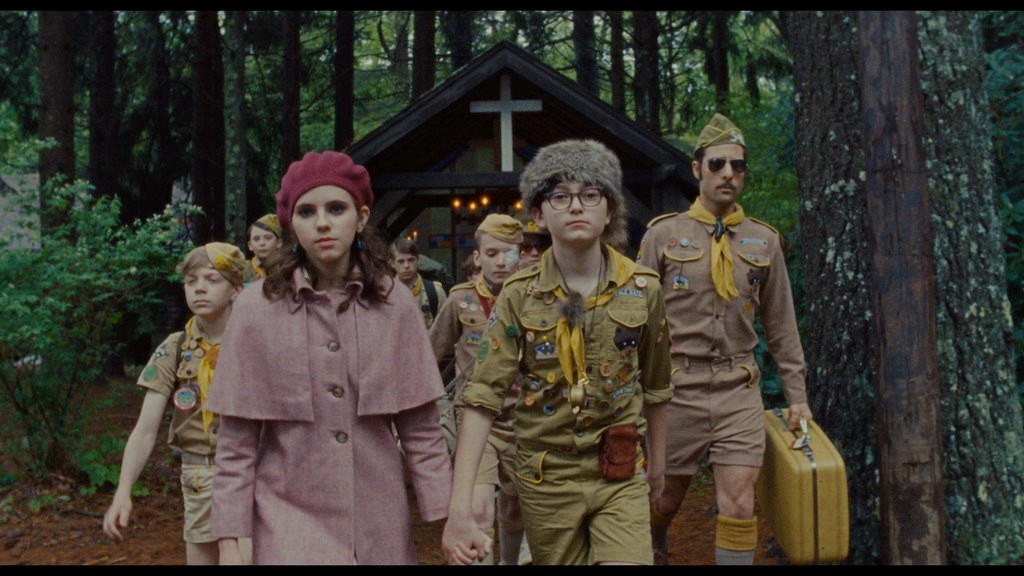Summer Camps May Now Be Out Of Reach For Many Parents
The cost to attend summer camp has skyrocketed this year for various reasons, and it is likely to keep countless youth from attending them.

Summer camp has long been a staple of American life, but that fixture might be out of reach for many families this year. Skyrocketing inflation has crept into every business sector in the U.S. Tell Me Best recently reported that recreational youth camps are likely to cost a much higher premium for families of some 26 million children that are predicted to attend them this summer.
Summer camps are set to be a hot commodity this summer. The past two summer breaks left many families scrambling to accommodate children as many camps closed during the COVID-19 pandemic. In 2020 alone, more than half of all day camps shut down operations, and a whopping 82% of overnight camps closed as well. As America returned to normal operation this year, more parents than ever before plan to enroll their children in these camps for enrichment, and so to say, a breath of fresh air.

“Demand is extremely strong for camps as parents are desperate for their kids to be out in nature with their peers and away from tech devices after two years of social distancing,” said Tom Rosenberg, the president and CEO of the non-profit American Camp Association. Furthermore, the intertwining of rising inflation and summer camp demands has steered the price to send children to summer camp higher than ever before. Camp fees are estimated to increase anywhere from 10% to 15% this summer.
To make matters worse, the increase in demand was further felt when many summer camps shuttered their doors permanently. The loss of business felt over the last two summers led many organizations to the decision to ultimately have to close down operations forever. Additionally, inflation reared its troublesome head into the industry, driving prices higher.

Camp operators are reporting that part of the reason summer camp will be much more costly this year is due to the costs of camp supplies. Food, transportation to and from camp, staff wages, and insurance have all been rattled by increasing expenditures. Additionally, the pandemic brought out another major expense for many camps. To comply with COVID safety and testing protocols, summer camps now have to shell out extra money for tests and added health measures.
Summer camp benefits youngsters in a plethora of ways. Children that attend these summer recreational programs learn to develop important skills such as social, emotional, and cognitive life skills. For working parents, it gives them the comfort that their children are enriched all summer long when school is out of session. But with rising costs, many parents might not be able to afford the bill this year.
There are still options for families that might be unable to front the bill for summer camps this year. There are several organizations, like the Salvation Army, that offer free summer camps to children across the nation. The charitable organization runs 43 overnight camps along with hundreds of day camps for children aged 6 to 17.

The Salvation Army relies on public donations to fund these summer camps. With increased prices of operation, the organization hopes the continued benefactions will be enough to offset costs, which typically run around $400 a week per child. “These camps are vital for children, and families need to know they have an option for their child,” said Kenneth Hodder, the organization’s commissioner.
Increases in costs are felt throughout every sector of America, and summer camps are far from immune. Unfortunately, this affects America’s youth in a major way. Add in a pandemic that has caused such turmoil in the nation’s youngest generations, and the effects are likely to be felt for years to come.



